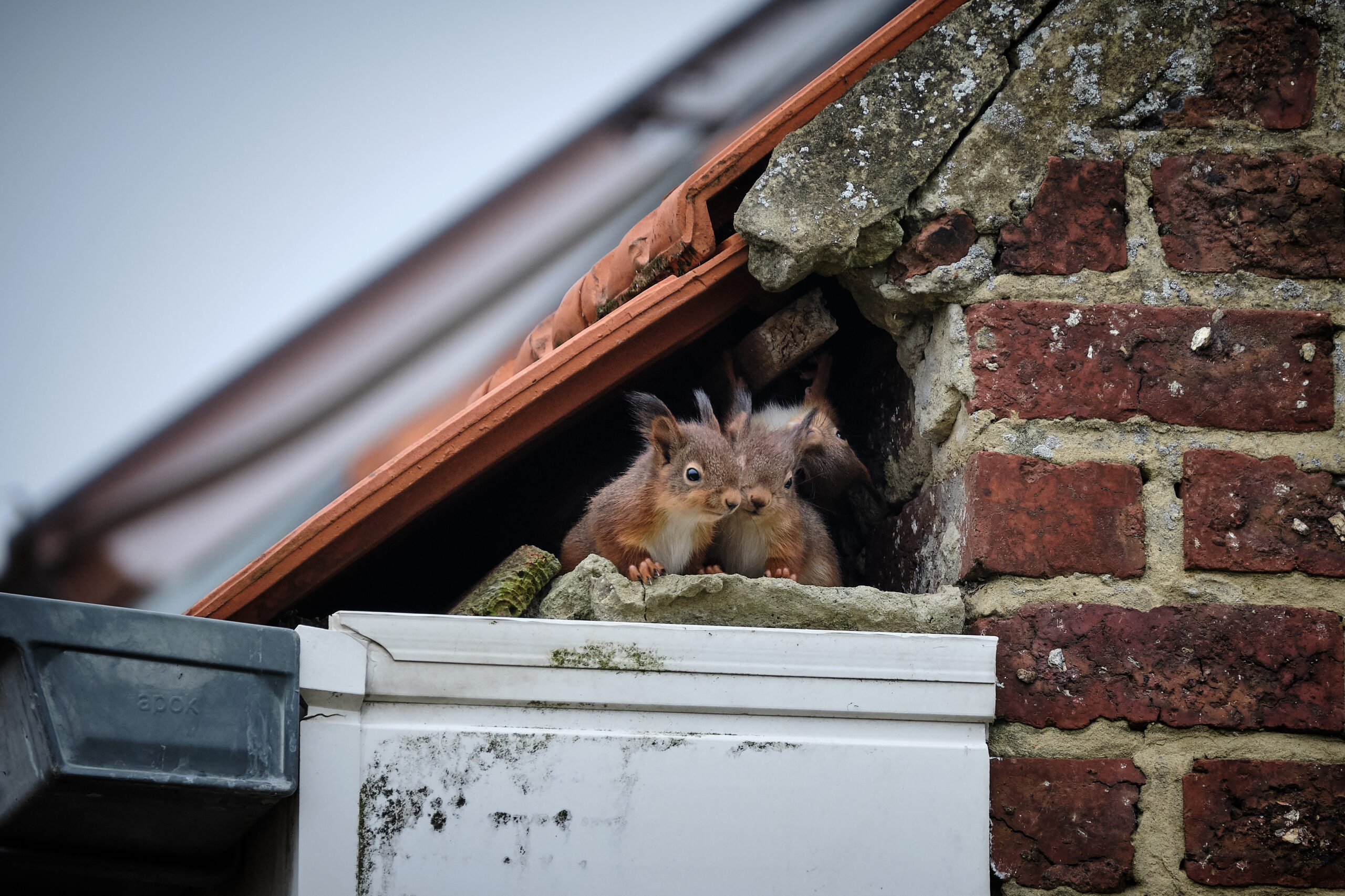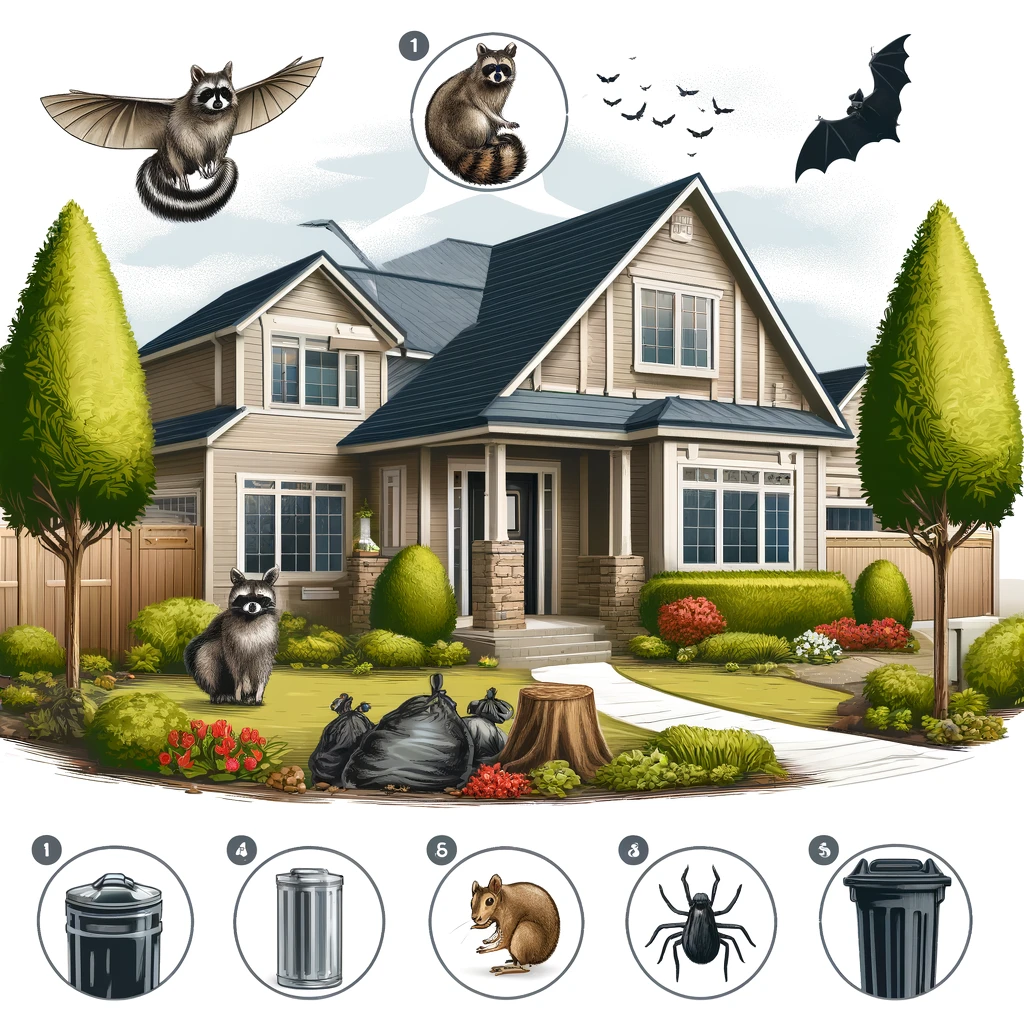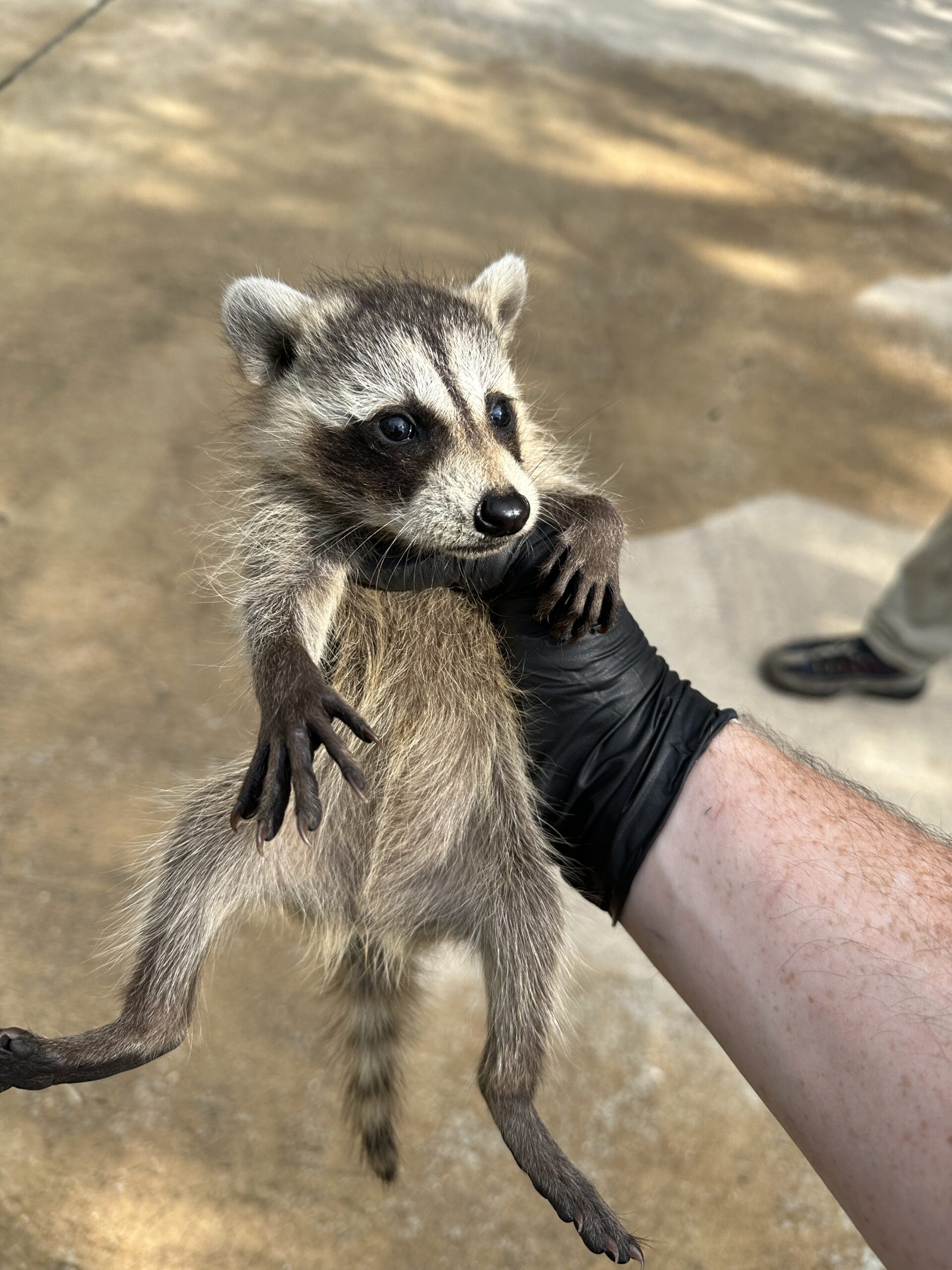Welcome to the ultimate guide on wildlife removal! Are you tired of unwanted critters invading your home and causing havoc on your property? Look no further, because we’re here to help you safely and humanely protect your home from wildlife intruders. Whether you’re dealing with raccoons rummaging through your garbage cans, squirrels nesting in your attic, or skunks digging up your lawn, we’ve got you covered. In this comprehensive guide, we’ll provide you with expert tips and strategies to effectively deal with wildlife issues without causing harm to the animals. From understanding the behavior and habits of different wildlife species to implementing preventive measures and utilizing humane removal techniques, we’ll equip you with all the knowledge you need to reclaim your space. So, say goodbye to sleepless nights and property damage, and get ready to restore peace and harmony to your home with our ultimate guide to wildlife removal.
Why is wildlife removal important?
Wildlife removal is vital to protect your home and property from potential damage caused by invasive animals. While some wildlife can be harmless, many species can wreak havoc on your living space. From chewing through electrical wires to causing structural damage, wildlife infestations can lead to costly repairs and pose risks to your safety.
Moreover, some wildlife can carry diseases or parasites that can be harmful to humans and pets. For example, raccoons can transmit rabies, while rodents like rats and mice can spread diseases such as hantavirus and leptospirosis. By promptly addressing wildlife infestations, you can mitigate these risks and ensure the well-being of your household.
Preventing wildlife damage also helps preserve the natural balance of ecosystems. When wildlife encroaches on human habitats, it can disrupt their natural behaviors and negatively impact local wildlife populations. By taking responsible steps to remove wildlife from your property, you contribute to maintaining a harmonious coexistence between humans and animals.
The dangers of DIY wildlife removal
While it may be tempting to handle wildlife removal on your own, it’s important to understand the potential dangers and limitations of DIY methods. Wildlife can be unpredictable and easily provoked, which can lead to aggressive behavior and potential injuries.
Moreover, many wildlife species are protected by laws and regulations that restrict their removal or mandate specific protocols for handling and relocation. Attempting DIY removal without the necessary knowledge and permits can result in legal consequences.
Professional wildlife removal services have the expertise and experience to safely and effectively handle wildlife intrusions. They understand the behavior and habits of different species, enabling them to develop customized removal strategies that minimize stress to the animals and prevent future infestations.
Signs of wildlife infestation in your home or property
Identifying the signs of wildlife infestation is crucial for prompt action and effective removal. Here are some common indicators that wildlife may have taken up residence in your home or property:
1. Noises: Unusual sounds such as scratching, scurrying, or chirping coming from walls, ceilings, or attics can indicate the presence of wildlife.
2. Droppings: Animal droppings, also known as feces, can be found in specific areas where wildlife frequents. Different species have distinct droppings, so it’s essential to identify the type of animal based on the appearance and location of the droppings.
3. Damage: Wildlife often causes visible damage to your property. This can include chewed wires, torn insulation, gnawed wood, or holes in walls or ceilings.
4. Tracks: Animal footprints or tracks can be found in areas where wildlife has been active. These tracks can help identify the type of animal and its movement patterns.
5. Nests or burrows: Wildlife often creates nests or burrows for shelter and reproduction. Look for signs of nesting materials, such as twigs, leaves, or shredded paper, as well as burrow entrances near your property.
If you notice any of these signs, it’s important to take immediate action to prevent further damage and address the infestation before it becomes more severe.
Common wildlife pests and the damage they can cause
Understanding the behavior and habits of common wildlife pests can help you better protect your home and property. Here are some of the most common intruders and the damage they can cause:
1. Raccoons: Raccoons are notorious for rummaging through garbage cans in search of food. They can cause a mess and spread trash across your yard. Additionally, they may enter attics or crawl spaces to create nests, potentially damaging insulation and electrical wiring.
2. Squirrels: Squirrels often seek shelter in attics and can cause extensive damage by gnawing on wood, insulation, and electrical wiring. They may also create nests using materials found in your home.
3. Skunks: Skunks are known for their strong odor, but they can also cause damage to your property. They may dig up lawns and gardens in search of insects or create burrows under porches or decks.
4. Bats: Bats can roost in attics, chimneys, or walls, leaving behind droppings (guano) that can accumulate and pose health risks. They can also transmit diseases such as rabies.
5. Mice and rats: Rodents like mice and rats can squeeze through small openings and quickly reproduce, leading to infestations. They can chew on wires, furniture, and other materials, causing fire hazards and property damage.
By understanding the specific behaviors and damage caused by different wildlife pests, you can tailor your prevention and removal strategies accordingly.
The importance of hiring a professional wildlife removal service
When it comes to wildlife removal, it’s often best to leave the job to the professionals. Here’s why hiring a professional wildlife removal service is crucial:
1. Expertise: Professional wildlife removal services have the knowledge and experience to identify the species, understand their behavior, and effectively remove them from your property. They can develop comprehensive strategies that consider both short-term removal and long-term prevention.
2. Safety: Wildlife removal can be dangerous, especially when dealing with potentially aggressive animals. Professionals have the necessary training and equipment to handle wildlife safely and minimize risks to both humans and animals.
3. Legal compliance: Many wildlife species are protected by laws and regulations. Professional wildlife removal services understand the legal requirements and obtain the necessary permits to handle and relocate wildlife in accordance with local regulations.
4. Prevention and exclusion: Wildlife removal services not only remove the existing intruders but also implement preventive measures to minimize the risk of future infestations. They can identify and seal potential entry points and provide recommendations for habitat modification.
By hiring a professional wildlife removal service, you can ensure a safe, humane, and effective resolution to your wildlife issues while avoiding potential legal troubles and further damage to your property.
In conclusion, wildlife removal is essential for protecting your home and property from the damage and risks associated with invasive animals. By understanding the signs of infestation, the behaviors of common wildlife pests, and the importance of professional assistance, you can effectively address wildlife issues while promoting a harmonious coexistence between humans and animals. With the knowledge gained from this ultimate guide, you can reclaim your space and restore peace and harmony to your home. Say goodbye to unwanted critters and hello to a wildlife-free sanctuary!




